Thanks to a new law, Ohioans will soon start seeing an extra tax on their electric bills. The monthly price hike will range from 85 cents for private consumers up to around $2,500 for large businesses — not an outrageous increase, in the grand scheme of things, if the funds were being used to cut pollution, for instance.
But the money isn’t for energy efficiency upgrades, nor ushering through technological innovations. Rather, the extra money will be used to bail out old, outdated coal and nuclear power plants, while the state rolls back standards for renewable energy.
And the trail of dark money used to pass the new tax points directly from the statehouse in Columbus to the White House in Washington.
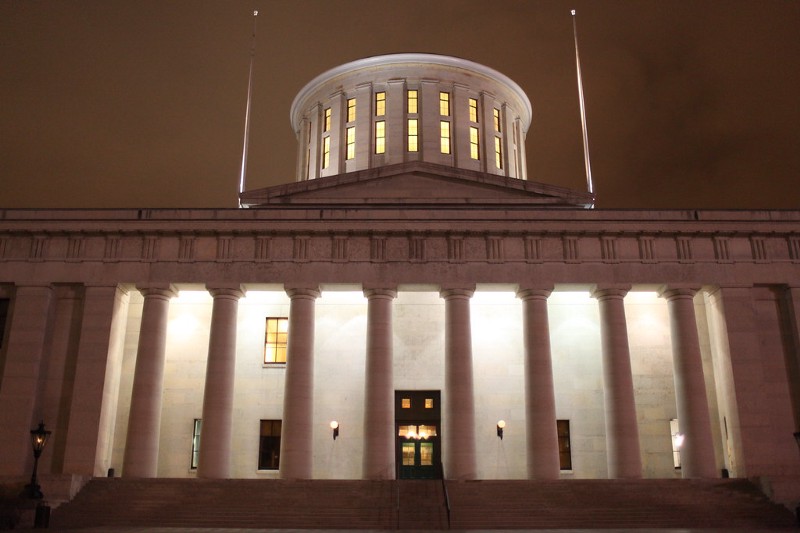
Trump made headlines and gained voters in coal-reliant communities with his promise to revive the dying industry. He also earned the attention of coal magnates like Bob Murray, who, recognizing that Trump could be a lifeline for their crashing fortunes, became big donors.
Trump’s vocal support for nuclear power and his choice of a nuclear lobbyist as one of his campaign energy advisers also gave hopes to nuclear industry executives. Like the coal industry, the nuclear industry is faced with a crisis, as expensive nuclear power plants around the country face closure.
While Trump’s EPA has kept busy rolling back regulations, the Energy Department has faced a more daunting task: find a way to save the coal and nuclear industries that are losing out to cheaper solar, wind and natural gas.
The Energy Department has launched several initiatives since 2017 to intervene on behalf of coal and nuclear interests — often taking direct orders from executives like Bob Murray, who scribed a “wish list” for the administration that included bailing out his industry.
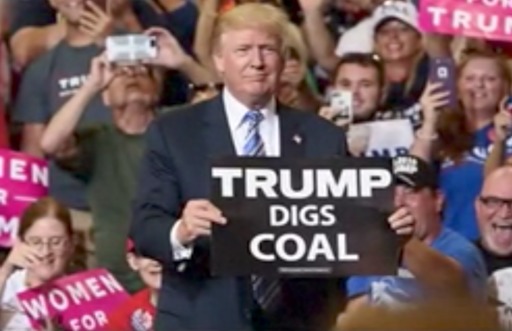
One of the companies that could stand to benefit most from an intervention is utility FirstEnergy. The energy giant, one of Murray’s biggest coal customers, filed for bankruptcy in early 2018, shortly after appealing to the Department of Energy to issue an emergency order to keep its coal and nuclear plants operating.
Unfortunately for the utility and coal companies, the Department of Energy quietly put plans for a national coal and nuclear bailout on hold last fall following several setbacks from regulators.
Much of FirstEnergy’s problems lay in the Ohio area, where it operates two cash-hungry nuclear plants. After the failure of several state-level initiatives in Ohio to bail out its plants, and a lack of action on a federal level, FirstEnergy turned to the upcoming state election.
“FirstEnergy and its allies poured a ton of money into electing a new House speaker and governor who were more amendable to their plea for a bailout,” said Dave Anderson of the Energy & Policy Institute. “The end result is this HB6 bill,” he said, the legislation that would require consumers pay to prop up coal and nuclear plants.
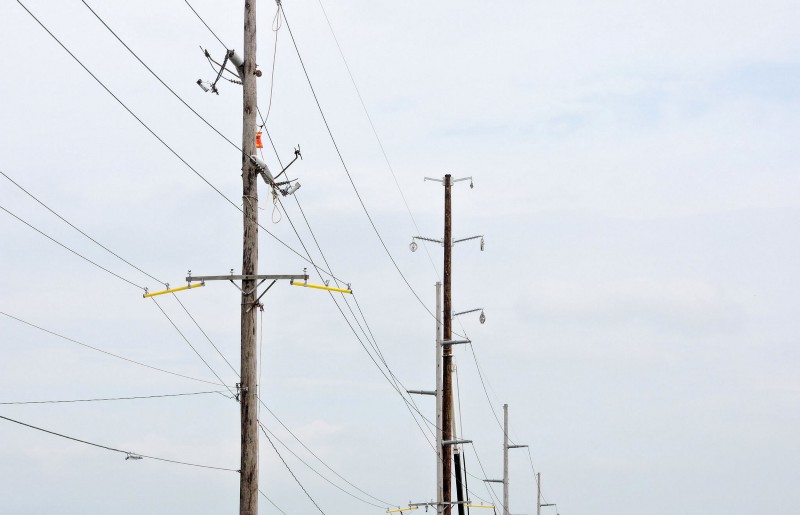
The trail of money in Ohio isn’t hard to follow. Documents obtained by the Energy and Policy Institute show that FirstEnergy and figures in its larger orbit made significant contributions to Ohio Governor DeWine’s election campaign, including providing $12,000 of food and drink for a campaign rally. The CEO of FirstEnergy also donated $5,000 each to the campaigns of the House Speaker and the eventual sponsor of HB6. And bankruptcy filings from the company showed that it had spent millions in Ohio lobbying for a state bailout.
The money paid off. Since taking office in January, DeWine made the passage of HB6 a priority. He even considered sending a state plane to pick up out-of-state representatives to ferry them back to the state capitol to vote.
HB6 attracted national attention in May after an Ohio Republican operative, who has a major role in Trump’s 2020 election campaign, called multiple Ohio House Republicans on the fence to urge them to vote ‘yes’ on the bill. The operative, Bob Paduchik, emphasized that heading into election season, the Trump campaign could not afford to have the plants close and jobs disappear.
While HB6 was originally envisioned as a nuclear bailout bill, industry operatives found a way to sneak in benefits for coal, too. The bill includes funds to bail out three coal plants, including one of the state’s most-polluting coal plants, which exclusively buys coal from Murray Energy. The bill also pays lip service to other Republican interests by helping roll back some of the state’s renewable energy standards.
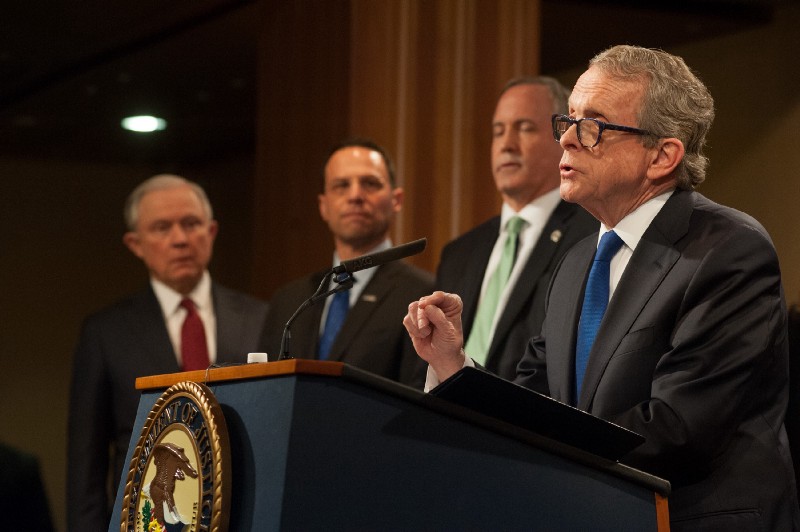
This, said Anderson, is a disturbing new development in how states might help struggling nuclear plants. Nuclear plants are a key source of low-carbon power, so elected officials committed to curbing climate change want to keep them running while their states build out solar and wind energy. But in Ohio, the push to save nuclear is about catering to big donors keen on preserving the status quo.
“States like New York or New Jersey are passing more limited subsidies to keep nuclear plants open, but also increasing support for renewable energy and energy efficiency at the same time,” he said. “[The Ohio bill] bucks that trend. It’s killing all the other kinds of clean energy while propping up coal and nuclear.”
Despite being championed by Republicans, HB6 wasn’t a purely partisan bill. Anderson said that the bill would not have passed without votes from some House Democrats who were pressured to save jobs at plants in their districts.
At the same time, former Republican Governor John Kasich has been consistently opposed to a coal and nuclear bailout. And some conservative groups that tend to side with the fossil fuel industry, like the Koch-backed Americans for Prosperity, actually rallied against the bill because of its implications for consumers.
“Traditionally, [those groups] would have been all about repealing Ohio’s clean energy standards,” Anderson said. “But they were advocating and advertising against the bailout parts of the bill. It was a rare moment when they actually did what they say about free markets.”
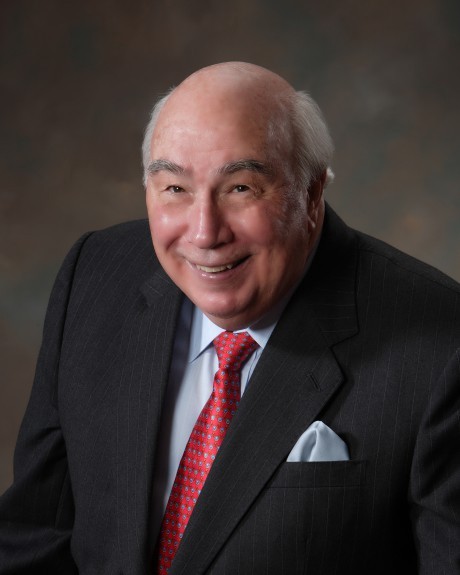
The coal industry is heralding the passage of HB6 as a much-needed victory. Last Wednesday, coal magnate Bob Murray hosted a private fundraiser for Trump in West Virginia that was expected to raise $2.5 million for Trump’s reelection. “The future of the coal industry and our family livelihoods depend on President Trump being re-elected,” the event’s invitation letter read.
DeWine was in attendance, praising Trump’s “commitment to the coal industry” in his remarks. Also at the event was Jim Justice, the West Virginia governor and coal magnate. The West Virginia legislature is currently considering a version of the Ohio bailout for one of its struggling coal plants — also owned by FirstEnergy. Justice recently extended the legislative session just so lawmakers could hear the proposal.
While Anderson anticipates that the Ohio bill will face challenges from those seeking to overturn it, he said that FirstEnergy’s lobbying efforts showed the lengths it will go to save its business: “It’s sort of a noteworthy thing when you have a bankrupt nuclear utility that’s still able to spend billions of dollars on politics.”
Molly Taft writes for Nexus Media, a syndicated newswire covering climate, energy, policy, art and culture. You can follow her @mollytaft.


